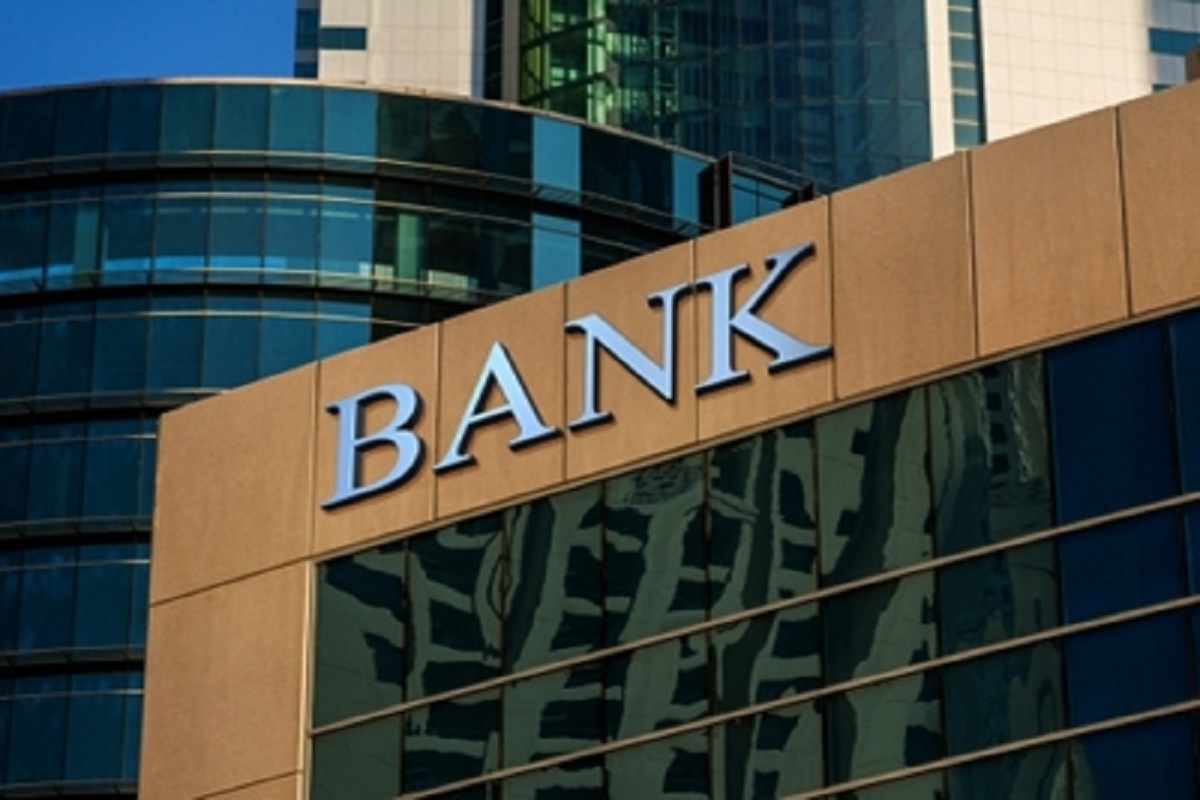There’s an old saying about poverty: Give somebody a fish and he’ll eat for a day. Give him a fishing tackle and he’ll eat for a lifetime. There are several variations to this theme.
However, these days, there is a general view that one of the most effective ways to fight poverty may not be a fishing tool but a savings account.
I remember it was during my school days that I opened my first bank account. This seemingly small act meant that I could manage my own finances and take financial decisions on my own.
We saw a bank as a place to save ~ they would take good care of your money and might even add a little to it and, perhaps, we could take some money out if we needed it on a rainy day.
On opening the account, I received a little booklet ~ the ubiquitous passbook in which every deposit and withdrawal was acknowledged by the bank staff. It was my first step on the financial ladder and a rite of passage into the formal financial world.
The implicit message here is that the bank account is the locus of money management. All foremost financial transactions would pass through the account and serve as a barometer of our financial health and proof of our solvency.
So in my view (it may be the same for others), a financial institution was meant to be a place to save. Borrowing might come later.
The purpose of saving was not to qualify for borrowing but it was a valuable thing to do. Why should it not be the same for the poor? The truth is that much of the world is in crisis today because of debt. There’s too much borrowing while people are not saving enough.
Over four decades ago, the most popular retail banking product was the pygmy deposit account. Housewives would scrape together a few rupees everyday and give it to a savings collector who would visit their homes. The money collected was deposited in a bank account that paid interest and was insulated from the daily demands of life. Depositors squirreled away a decent sum by the end of the year.
This was enough to buy a home appliance. The simple motivation was: Save money even if it is only a few pennies at a time. This was a sure way to build wealth.
Later, a very innovative idea of micro-credit took birth out of a radical concept: Poor people, when lent small amounts of money, pay it back in a timely manner.
In the meantime, that money could be used in ways that help boost income ~ goat farming or hand weaving ~ and, ostensibly, raise a family’s standard of living.
The world soon witnessed a great global rush, pouring billions of dollars into micro-credit to help the poor. As impoverished borrowers defaulted on debts at alarming rates and often with fatal consequences, many organisations questioned the power of credit.
Microcredit was a powerful revolution but bypassed the centuries-old idea of wealth creation ~ savings. The latter has been the most trusted and oldest building block of financial management for all societies.
It has been the mainstay for the impoverished facing a biblical range of hazards. This is what the development expert, Robert Vogel once famously called the “forgotten half of rural finance”. It is now universally acknowledged that the most fundamental instrument of personal finance is the piggy bank.
The tide is now turning, sparked in part by micro-credits discredit. We all know that there may be families with the savvy to benefit from loans, but there may be many who can be ruined. To the contrary, every family in the poor world can benefit from a pad of savings.
The poor need tools to help them navigate their complex financial lives marked by many needs and inconsistent income.
Given the variability of their income, the poor are vulnerable to disruptive events such as sickness or death in the family or weather shocks which overwhelm family finances and may prevent families from hanging on to accumulated assets (including productive assets).
These shocks can quickly sink families into spells of extreme duress. As a result, the poor lead precarious, anxiety-ridden lives with risks looming much larger than opportunities.
Early adopters of ‘savingsled microfinance’ find that savings accounts far outstrip the demand for loans.
Research shows that when offered side by side with loans, people choose savings over loans at rates of up to 12:1.
Microfinance is basically a credit-focused tool but also has a savings component. Simultaneous saving and borrowing is one bad practice encouraged by modern microfinance.
In practice, many MFIs encourage or even force their loan clients to save simultaneously.
On its face, this practice of borrowing at high-interest rates while saving at much lower interest rates is bad economics. It is better to borrow less.
Microfinance uses credit as a pivot. The credit provides only a partial answer; it has to be supplemented by microinsurance. Savings is critical for individual and societal welfare.
At the personal level, savings help households smooth consumption and finance productive human and business capital investments.
Contrary to general belief, the poor can and do save but often use formal or informal instruments with high cost, high risk, and limited functionality.
(To Be Concluded)












